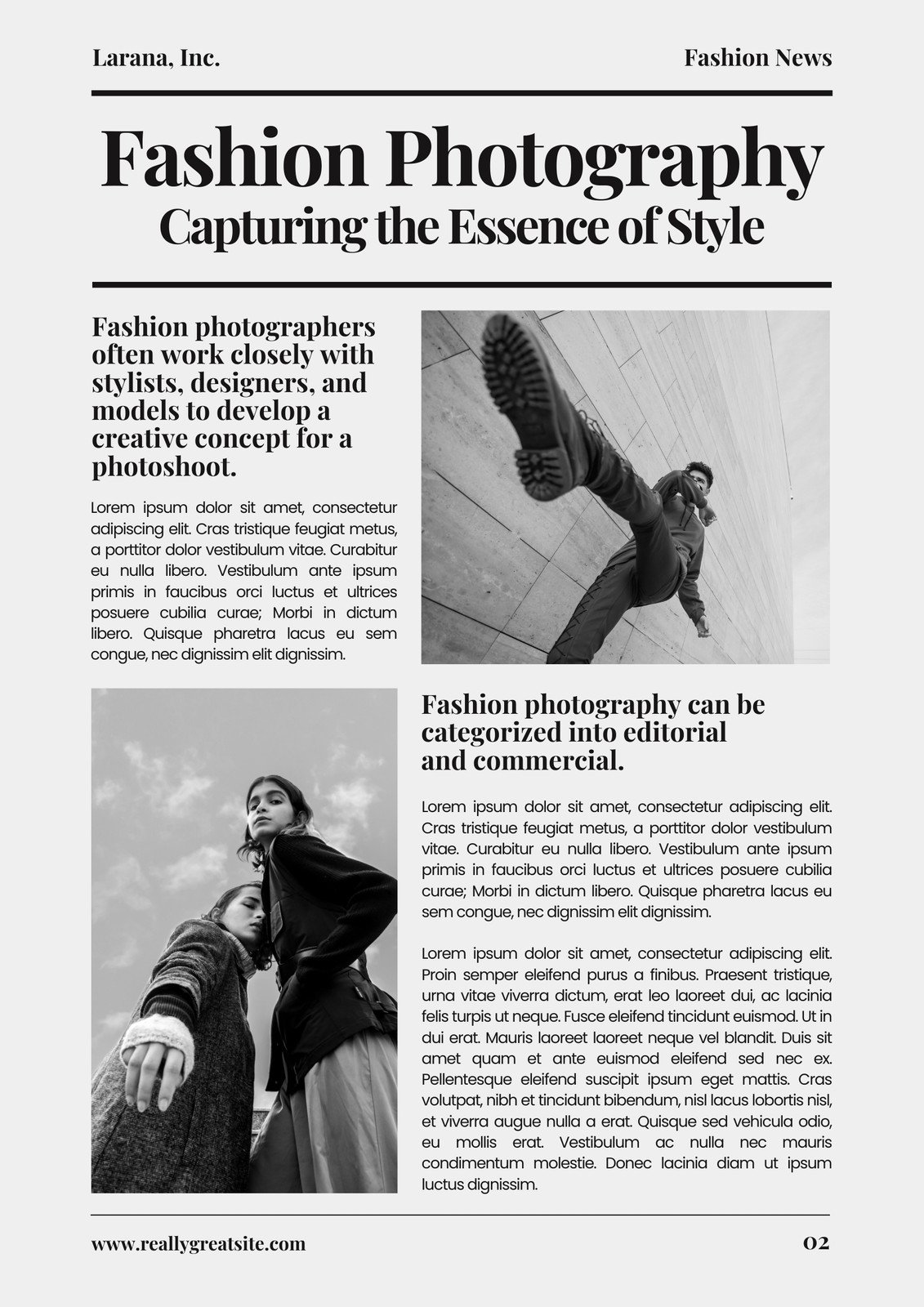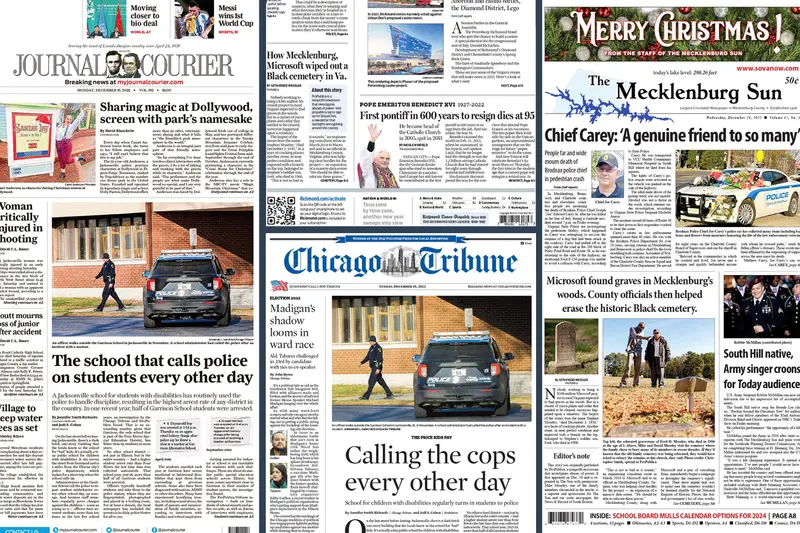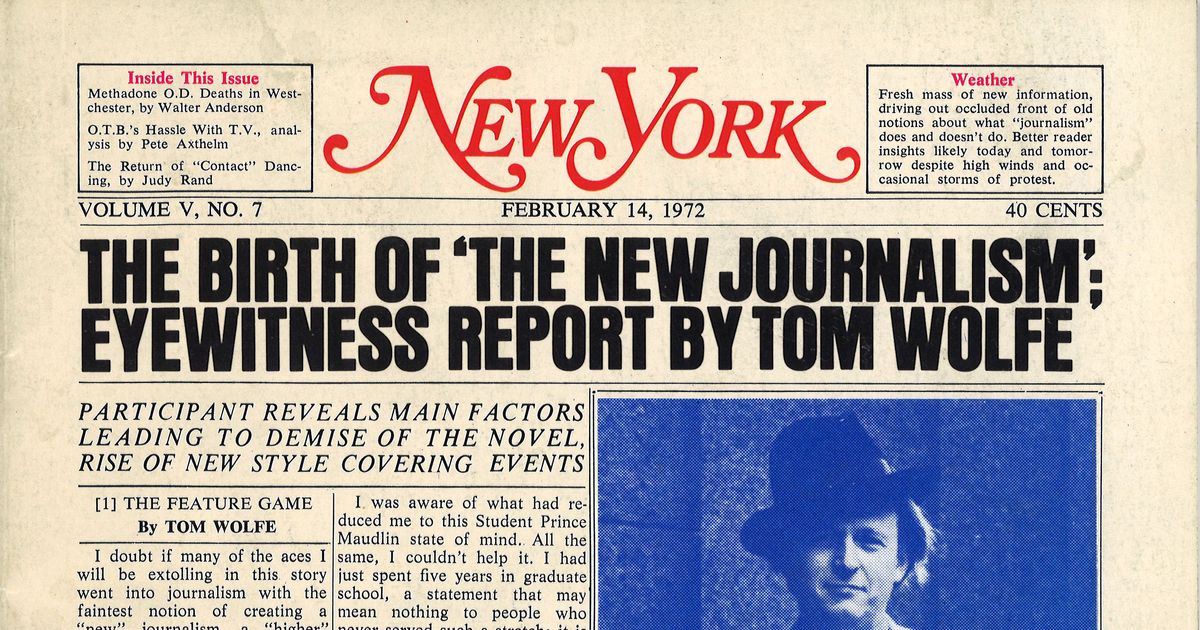The Ultimate Guide To News Articles
Table of ContentsLittle Known Questions About News Articles.News Articles - TruthsThe smart Trick of News Articles That Nobody is Talking AboutNot known Details About News Articles The News Articles PDFs
Great knowledge of various subjects offers trainees an one-upmanship over their peers. Also though digital and social media are conveniently available, we should not neglect exactly how vital it is to read the papers. Parents have to try and instill the routine of checking out a paper as a daily routine to proceed the heritage of the revered print tool.News stories additionally include at the very least one of the adhering to vital characteristics family member to the desired target market: closeness, prominence, timeliness, human rate of interest, anomaly, or consequence.
Within these limits, newspaper article additionally aim to be comprehensive. Various other aspects are entailed, some stylistic and some acquired from the media type. Among the larger and extra respected newspapers, justness and equilibrium is a significant consider offering details. Discourse is usually restricted to a separate section, though each paper might have a different overall slant.
Newspapers with a global audience, for instance, have a tendency to use a more formal style of writing. The specific options made by a news electrical outlet's editor or editorial board are frequently collected in a design guide; typical design overviews include the and the US News Style Publication. The main objectives of information writing can be summarized by the ABCs of journalism: precision, brevity, and clearness.
Excitement About News Articles
As a guideline, journalists will not utilize a long word when a short one will certainly do. They make use of subject-verb-object building and construction and vibrant, active prose (see Grammar). They use stories, instances and metaphors, and they seldom depend upon generalizations or abstract concepts. Information authors try to avoid using the same word a lot more than as soon as in a paragraph (sometimes called an "echo" or "word mirror").
Nevertheless, headings often leave out the subject (e.g., "Jumps From Boat, Catches in Wheel") or verb (e.g., "Cat woman lucky"). A subhead (additionally subhed, sub-headline, subheading, caption, deck or dek) can be either a subservient title under the primary headline, or the heading of a subsection of the article. It is a heading that precedes the major text, or a team of paragraphs of the major message.

Extra signboards of any of these kinds may show up later in the write-up (particularly on subsequent pages) to lure additional analysis. Such signboards are additionally used as reminders to the post in various other areas of the publication or site, or as advertisements for the item in other magazine or sites. Regular structure with title, lead paragraph (recap in vibrant), other paragraphs (information) and contact info.

Example of a hard-lead paragraph NASA is proposing an additional area project. The budget requests approximately $10 billion for the task.
The NASA statement came as the agency requested $10 billion of appropriations for the task. An "off-lead" is the 2nd most crucial front page information of the day. The off-lead shows up either in the leading left edge, or directly listed below the lead on the right. To "hide the lead" is to begin the article with history info or details of additional significance to the viewers, requiring them to read even more deeply into an article than they ought to have to in order to directory uncover the necessary points.
Some Ideas on News Articles You Should Know
Typical usage is that a person or 2 sentences each form their own paragraph. Journalists normally describe the organization or structure of an information tale as an inverted pyramid. The essential and most fascinating aspects of a tale are placed at the beginning, with sustaining details adhering to in order of diminishing significance.
It allows individuals to discover a subject to just the deepness that their inquisitiveness takes them, and without the imposition of details or nuances that they could think about pointless, however still making that info offered to more information a lot more interested visitors. The inverted pyramid structure also enables short articles to be trimmed to any approximate length throughout format, to fit in the space offered.
Some authors start their stories with the "1-2-3 lead", yet there are many kinds of lead readily available. A twist can refer to several points: The last tale in the news broadcast; a "satisfied" tale to end the show.
Longer posts, such as magazine cover write-ups and the pieces that lead the inside sections of a newspaper, are recognized as. Function tales differ from straight information in a number of ways. Foremost is the lack of a straight-news lead, the majority of the moment. Rather than offering the significance of a story in advance, feature writers may try to lure viewers in.
News Articles Can Be Fun For Anyone
An attribute's initial paragraphs typically connect a fascinating moment or event, as in an "unscientific lead". From the link particulars of a person or episode, its view rapidly expands to abstract principles regarding the tale's topic.

The Editor's Tool kit: A Reference Overview for Beginners and Professionals (2001) Allan M. Siegal and William G. Connolly. The New York Times Guidebook of Style and Usage: The Authorities Design Overview Utilized by the Writers and Editors of the Globe's Many Reliable Newspaper (2002) M. L. Stein, Susan Paterno, and R.